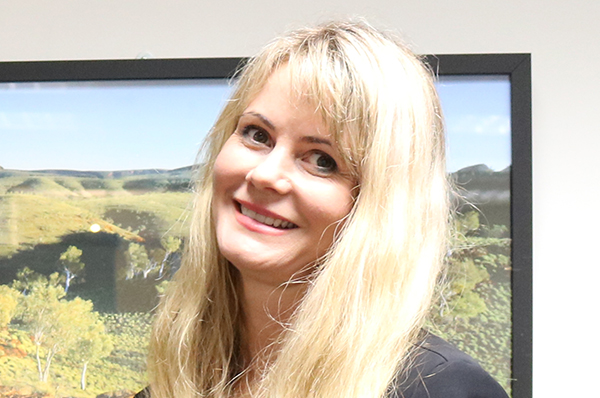The change leader
By Dael Climo, BRANZ
HERA CEO Troy Coyle brings fresh thinking and progressive ideas about leadership to a metal industry-based association not previously seen as forward looking. #Timesarechanging.
Q. You are an innovation/research leader. What path did you take to get there?
I have worked in innovation management for almost 20 years.
I started in innovation programme delivery within AusIndustry – Australia’s equivalent to Callaghan Innovation – then moved into the university sector and managed commercial development activities at the University of Wollongong.
Key projects included creation of the Sustainable Buildings Research Centre and the Australian Institute for Innovative Materials.
I then moved into a role in open innovation at BlueScope Steel managing the building-integrated photovoltaics programme initially and on to product development and innovation at New Zealand Steel. Now, of course, I work in a research association whose primary remit is innovation.
Q. What are the main responsibilities of a leader at this time when so many issues face companies, not only in their particular sphere but more broadly?
Firstly, I am a big supporter of the Four Capitals Framework [human, financial, environmental and manufactured capital that must be in balance for a sustainable society]. I believe that all leaders should be evaluating business performance more broadly than simple profitability. Now is the most important time in history to look at environmental performance.
Secondly, leaders should resist the urge to focus on optimising business as usual and create a game plan for disruption. This may mean taking the risk of disrupting your own business.
Thirdly, leaders must be role models for authenticity and diversity. This means being your whole self versus a societal norm for leadership and embracing that in others too.
Q. Do you feel the construction industry is poor at getting its message out through new forms of communication?
For example, you are involved with podcasts as a way of talking about industry leadership issues. Any advice?
Absolutely. We can’t hide from the fact that building and construction is not seen as an attractive industry to work in. So, there is a massive PR gap. We have to tell our story better, and we have to tell it in different ways. A big part of that is making the story digestible and varied to cater to different appetites for information. That is why we created our podcast, Stirring the Pot.
I would love to see a day where we all reference each other’s social media content to synergistically showcase how exciting our industry actually is and talk about fixing what isn’t. #letsgetittogether #imagereboot
I truly believe in the significant role of language. Have you noticed how ‘old school’ our industry language is? We recently got daring with rewording our mission ‘to build a passionate tribe of metalheads who innovate successfully’. It seems to be resonating better than the older corporate jargon because it creates a relatable identity.
Q. What can an association such as HERA do to reconcile the seemingly contradictory needs of manufacturing growth and the push for a low-carbon environment.
This challenge requires an all-of-industry response, which industry associations are well positioned to deliver on, like Metals NZ who have reinvigorated the Sustainable Steel Council. HERA is a research association, so our key role would be in providing the thought leadership to inspire new thinking while also challenging members to collectively work together to improve environmental performance. Then we have a role in terms of training provision and R&D delivery to assist the industry to get there.
Q. What presently are the biggest challenges and biggest opportunities the construction industry has?
The World Economic Forum has highlighted three future scenarios for building and construction globally, which we have used to inspire the HERA strategy:
- A green reboot where environmental challenges drive a response towards Earth-friendly construction.
- Factories run the world – off-site manufacturing and modularisation becomes the norm.
- Building in a virtual world where virtual reality and digital technologies are key.
I see these as both challenges and opportunities that warrant a more immediate response than what is currently happening in New Zealand.
Q. You are in a leadership role in a heavily male-dominated industry. As more females take leadership positions, where do their unique strengths lie? Also, with the new generation coming through, is there a chance of breaking the glass ceiling?
I don’t believe someone’s gender automatically endows them with a unique strength. Therefore, if we truly believe males and females are equally capable, we should not be happy with the current ratios. We should also be OK with affirmative action.
Although we are perceiving an increase in females in leadership, the data is still saying that there is dramatic under-representation. The figures have not changed in my lifetime, and I believe they won’t for the next generation either without affirmative action. We should quell the notion that quotas and skills-based appointments are mutually exclusive.
First published in build Magazine Issue 173.
Date posted: 28 August 2019

